
Computer-aided design, CAD, is one of the significant technological developments whose genesis can be traced back to the 1950s. This technology involves creating, analyzing, modifying, or optimizing various designs through computers. CAD designers have so many responsibilities different from the usual ones.
The CAD sector appears slightly complicated, especially when you don’t know what happens there. By reading this blog post, you’ll understand a CAD designer’s roles and responsibilities to prepare yourself if you wish to take that path. It’s all about learning and loving what you do!
Below is a comprehensive look into what CAD designers do.
1. Visiting and Surveying Sites Before Starting Projects

When tasked with a particular project, a CAD designer doesn’t start the job immediately but first visits and surveys the site to evaluate various factors. Sometimes, a potential client may require them to study an area for an upcoming project so they may get a clear idea of how much is needed.
During the visit and survey, a CAD designer determines factors such as time, cost, flexibility, materials needed, and human labour required.
2. Presenting Ongoing or Complete Projects Before Clients

Computer-aided design may be pretty complex, requiring the designers to present their projects to the respective clients before or after completion. Projects are presented to assure the client that everything is progressing well and open room for potential project adjustments. For further evaluation, CAD designers may present their projects before other professionals, such as Architects.
3. Keeping Accurate CAD Records
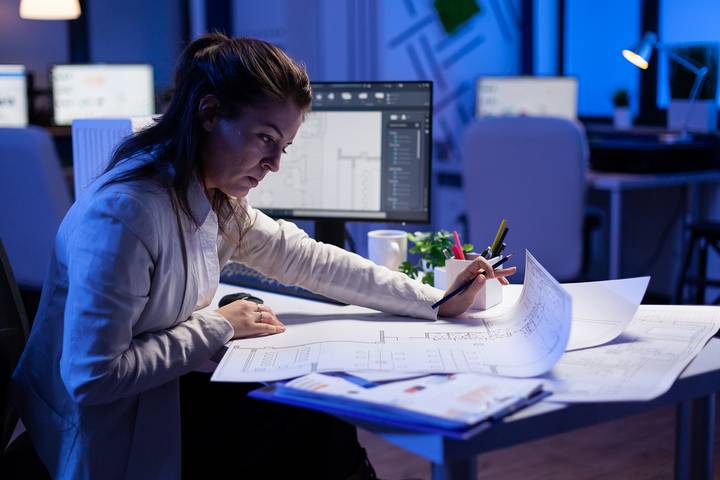
No matter your industry or sector, you can never go wrong with record keeping. In 3D CAD design services, the designers keep accurate and timely project records. The documents could include project timelines, meeting minutes with other professionals, drafts, annotations, design files, and sketches.
Record keeping enables them to keep track of their work and plan effectively for upcoming projects.
4. Calculating the Cost of CAD Designs

Undoubtedly, no one other than the designer can tell the estimated or accurate amount of money required for a particular CAD project. Being an expert, a CAD designer can evaluate different factors required for a successful project, such as installation, manufacturing, design, equipment, labour, time, and materials, to determine its overall cost.
They often employ unique software applications or tools at the site to reinforce their physical estimations. CAD designers may also partner with other experts in this role, such as accountants, to acquire more accurate calculations.
5. Partnering with Other Experts
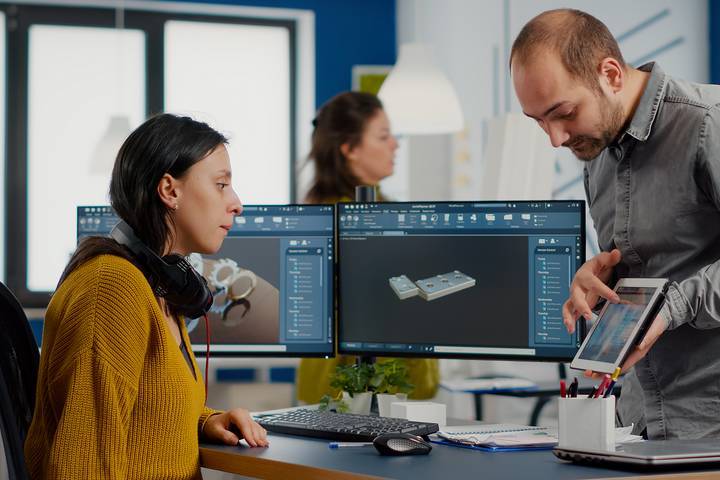
Maybe it’s true that no man is an island because CAD designers also have to partner with other experts in and out of the design industry in different projects. As highlighted above, they link up with accountants when calculating CAD project costs for more desirable results. CAD designers also liaise with engineers, architects, and fellow designers to solve design problems or tackle particular projects.
6. Establish 2D and 3D Models Accurately
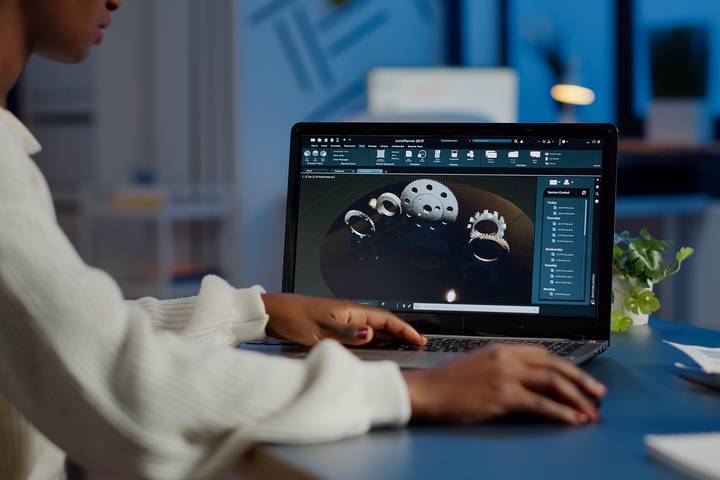
It’s no secret that 2D and 3D models are complex and require high expertise in the field. A CAD designer can produce these models accurately as required by the client. For 2D models, the designers develop well-detailed drawings incorporating the specific annotations and dimensions requested.
3D models involve the creation of virtual designs of objects to be viewed and adjusted from various angles. While it appears easy, it’s only a CAD designer who can ideally initiate, monitor, and complete 2D and 3D designs successfully.
7. Solve CAD Problems
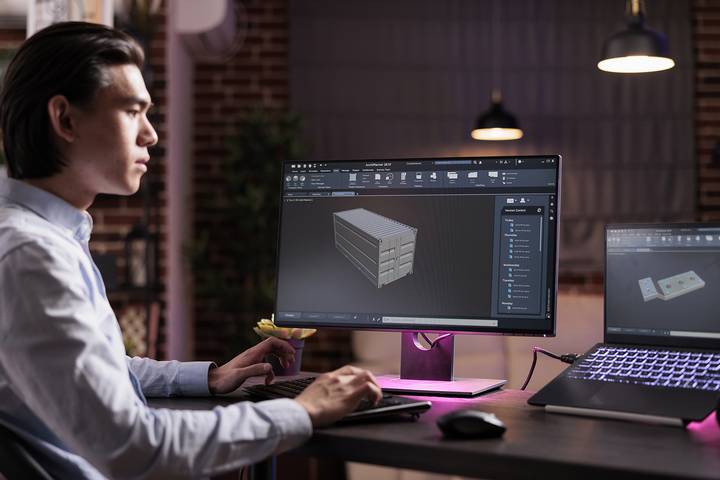
Some Computer-Aided Design projects can be more complex than others, requiring the designers to dive into a problem-solving mission. The designers employ top-notch creativity and technical skills to analyze all the challenges while considering various options.
They may also reinforce their mental strength with some software technologies when applicable. For more complicated CAD problems, the designers liaise with team members, fellow designers, other departments, and a touch of software to resolve them.
8. Evaluate the Quality of CAD Materials, Manufacturing Processes, and Measurements
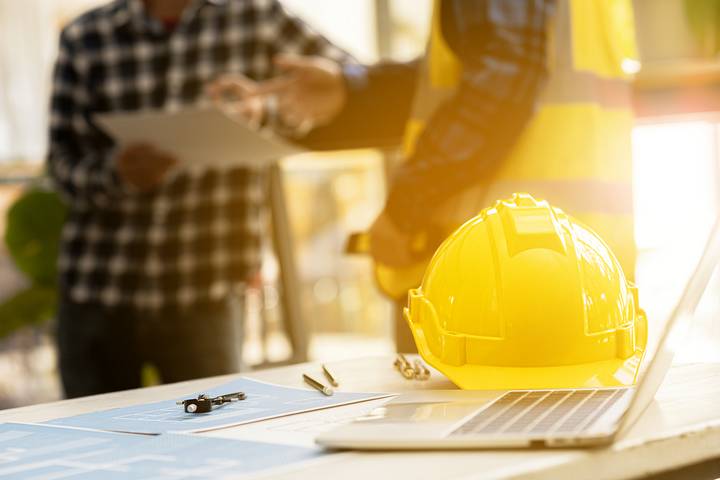
The final results will most likely be defective when the materials are faulty. Therefore, CAD designers evaluate the quality of every material during the manufacturing process and ascertain that the dimensions are as required before a project commences.
They can tell the materials that suit a particular project by considering their cost effectiveness, longevity, and strength. CAD designers also allow reasonable tolerances on the dimensions of materials to ensure the projects are free from measurement errors and other defects.
9. Study New CAD Designs and Technologies
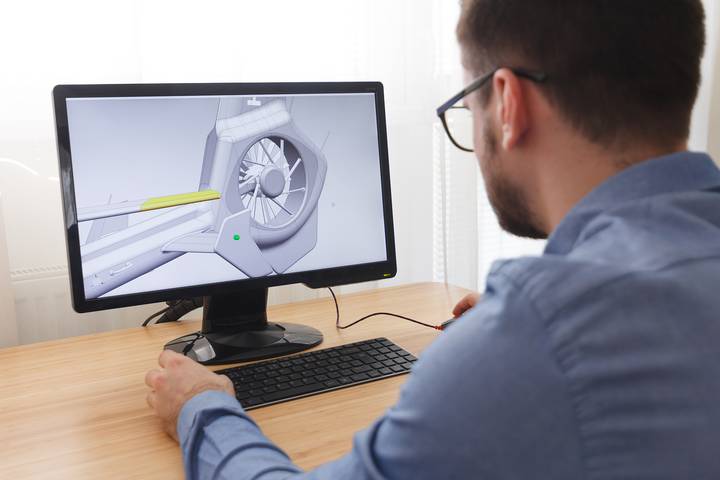
Learning never goes out of style in the design industry because CAD designers are always looking for newer models to develop and technologies to employ. The latest CAD designs ensure continuity in the industry thanks to improved creativity and technological advancements. With continued learning, no CAD challenges will remain unresolved because the experts always have newer and better ways of addressing them.
10. Create Excellent Digital Models and Technical Drawings
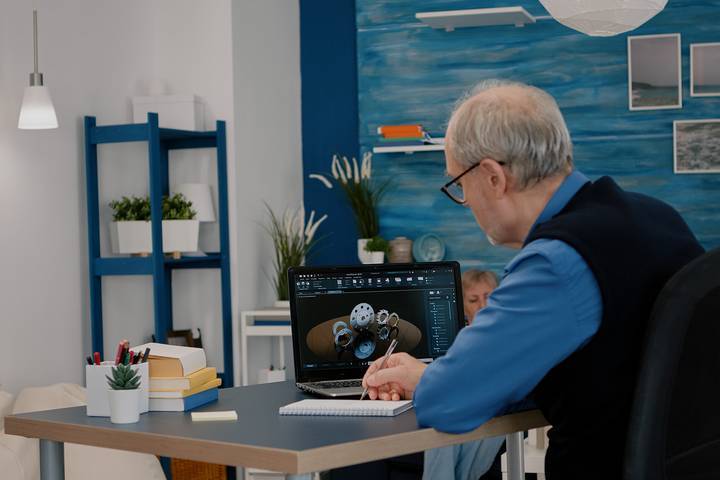
Besides 2D and 3D designs, CAD designers create other digital models and technical drawings when required. These models and drawings could be based on interior design, architecture, aerospace, or electrical engineering fields.
CAD designers also make adjustments to existing models and drawings for further use. All they have to do is execute the designs with high accuracy and quality.









